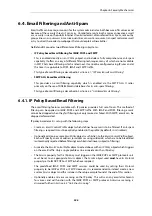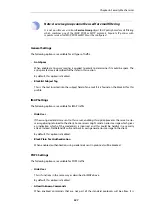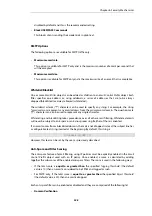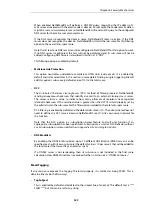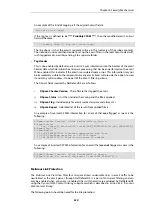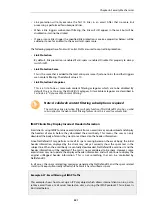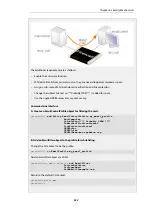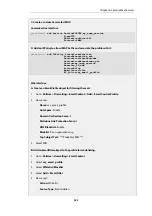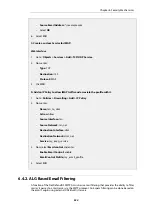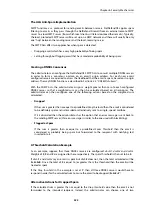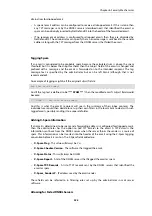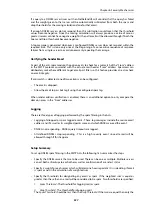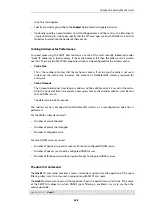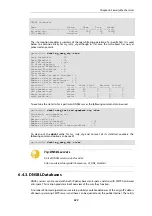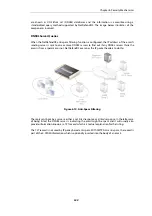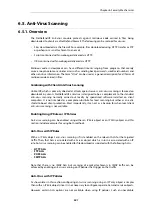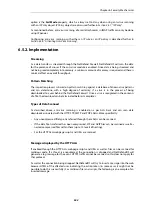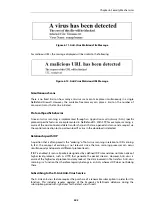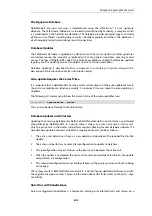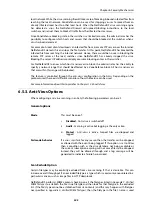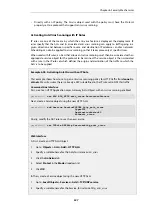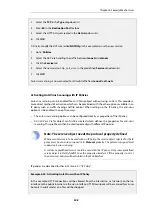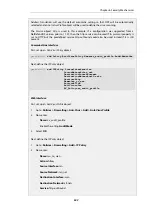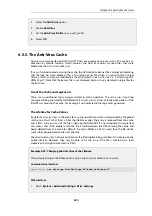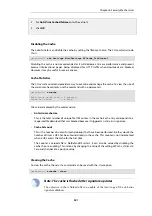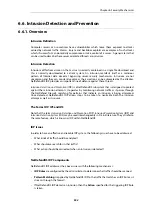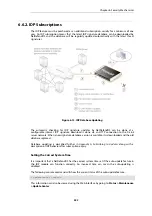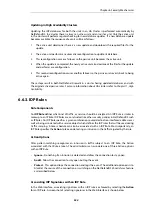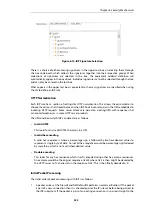
are known as
DNS Black List
(DNSBL) databases and the information is accessible using a
standardized query method supported by NetDefendOS. The image below illustrates all the
components involved:
DNSBL Server Queries
When the NetDefendOS anti-spam filtering function is configured, the IP address of the email's
sending server is sent to one or more DNSBL servers to find out if any DNSBL servers think the
email is from a spammer or not. NetDefendOS examines the IP packet headers to do this.
Figure 6.10. Anti-Spam Filtering
The reply sent back by a server is either a
not listed
response or a
listed
response. In the latter case
of being listed, the DSNBL server is indicating the email might be spam and it will usually also
provide information known as a
TXT
record which is a textual explanation for the listing.
The
TXT
record is not used by IP policy based anti-spam. With SMTP ALG anti-spam, the record is
part of the X-SPAM information which is optionally inserted into the body of an email.
Chapter 6: Security Mechanisms
540
Summary of Contents for NetDefendOS
Page 30: ...Figure 1 3 Packet Flow Schematic Part III Chapter 1 NetDefendOS Overview 30 ...
Page 32: ...Chapter 1 NetDefendOS Overview 32 ...
Page 144: ...Chapter 2 Management and Maintenance 144 ...
Page 284: ...Chapter 3 Fundamentals 284 ...
Page 392: ...Chapter 4 Routing 392 ...
Page 419: ... Host 2001 DB8 1 MAC 00 90 12 13 14 15 5 Click OK Chapter 5 DHCP Services 419 ...
Page 420: ...Chapter 5 DHCP Services 420 ...
Page 573: ...Chapter 6 Security Mechanisms 573 ...
Page 607: ...Chapter 7 Address Translation 607 ...
Page 666: ...Chapter 8 User Authentication 666 ...
Page 775: ...Chapter 9 VPN 775 ...
Page 819: ...Chapter 10 Traffic Management 819 ...
Page 842: ...Chapter 11 High Availability 842 ...
Page 866: ...Default Enabled Chapter 13 Advanced Settings 866 ...
Page 879: ...Chapter 13 Advanced Settings 879 ...

